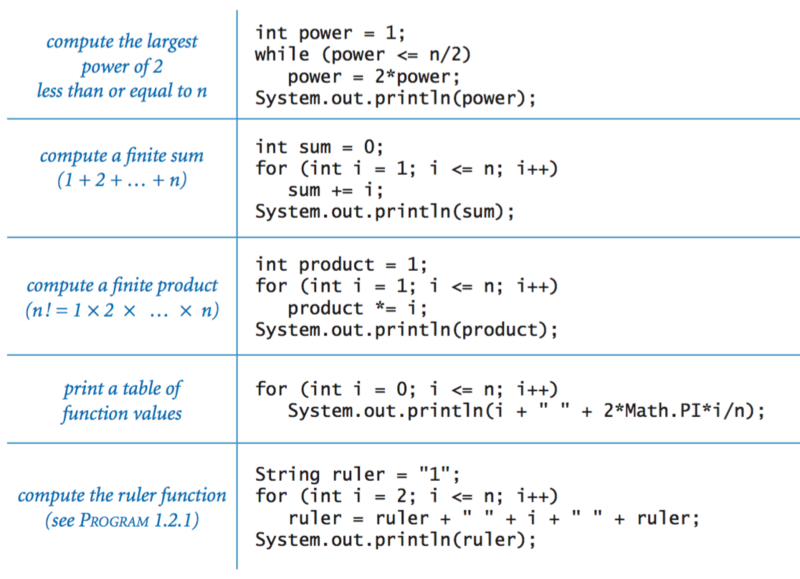

#MATH.RANDOM JAVA NEGATIVE OR POSITIVE CODE#
So Math.random() * 10 - 5Ģd) And, does it also return decimal numbers like -4.9 or 3.2? Yes, but not in that range and it would be more decimal places returned.ģ) These negative and positive number distribution does not come into play when try to sort an array with positive number values like in the example below right? All a code like that does is shuffle the numbers already in the array, right? Yes, it shuffles whatever numbers are in the array whether they be positive, negative, or zero. To get [-5, 5) you would first want to multiply by 10 to get [0, 10) then subtract by 5 to shift it to the left by 5 to give you [-5, 5). Multiplication is done before subtraction and so your expression simplifies to Math.random() - 5 and that will shift your starting range of [0, 1) to the left by 5 and so you get [-5, -4). Whenever in doubt you can always run your expressions in the console and see what you get.Ģa) Does Math.randowm() -0.5 return [-0.5, 0.5 ) ? YesĢb) How about numbers like- 0.5, -0.3, 0.2? It returns numbers like this but in actuality there are more decimal places like 0.49839757683811514Ģc) Does Math.randowm() -0.5 *10 returns [-5, 5) ? Multiplying by 10 just gives you all floating point numbers from 0 up to but not including 10. It's fine to try to get some clarification if it didn't make sense the first time around.ġ) Yes, it would be does return floating point numbers from 0 up to but not including 1. You want to do this by shifting (actually division and multiplication, but because we're dealing with a power of 2 we can do it with bit shifts) and not with rounding (which is what masking is essentially).Īs a general rule of thumb, you don't want to throw away random bits when you don't have to.That's alright. Instead, you want to provide a min and max and find an even number in that range. This can throw you for a loop (no pun intended) by causing them to be slightly biased. There are an odd number of positive and an odd number of negative values. You do not want to mask to make your elements even. You should therefore use a private static variable to store the Random object.
#MATH.RANDOM JAVA NEGATIVE OR POSITIVE GENERATOR#
The pseudorandom number generator actually carries some state, even if you don't think of it that way. It's bad practice to create a new instance of Random every time you want to generate one random number, though. In that case, the whole question about helper functions would be irrelevant. That would be more efficient than looping, testing, and discarding. To generate a random even number, you could just take random.nextInt() & -2 to mask off the least significant digit. There is a convention in Java that functions named isSomething() return a boolean and have no side effects. I would also rename evenNumber(int number) to isEven(int number).


Therefore, the compiler has enough of a hint that it could decide to inline the entire function. The combination of those three keywords means that the code would be unaffected by any instance variable, any superclass, or any subclass, and is also not callable by any code external to the class. I would go one step further and declare your functions as private static final, if possible.


 0 kommentar(er)
0 kommentar(er)
